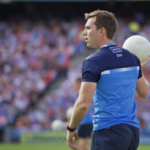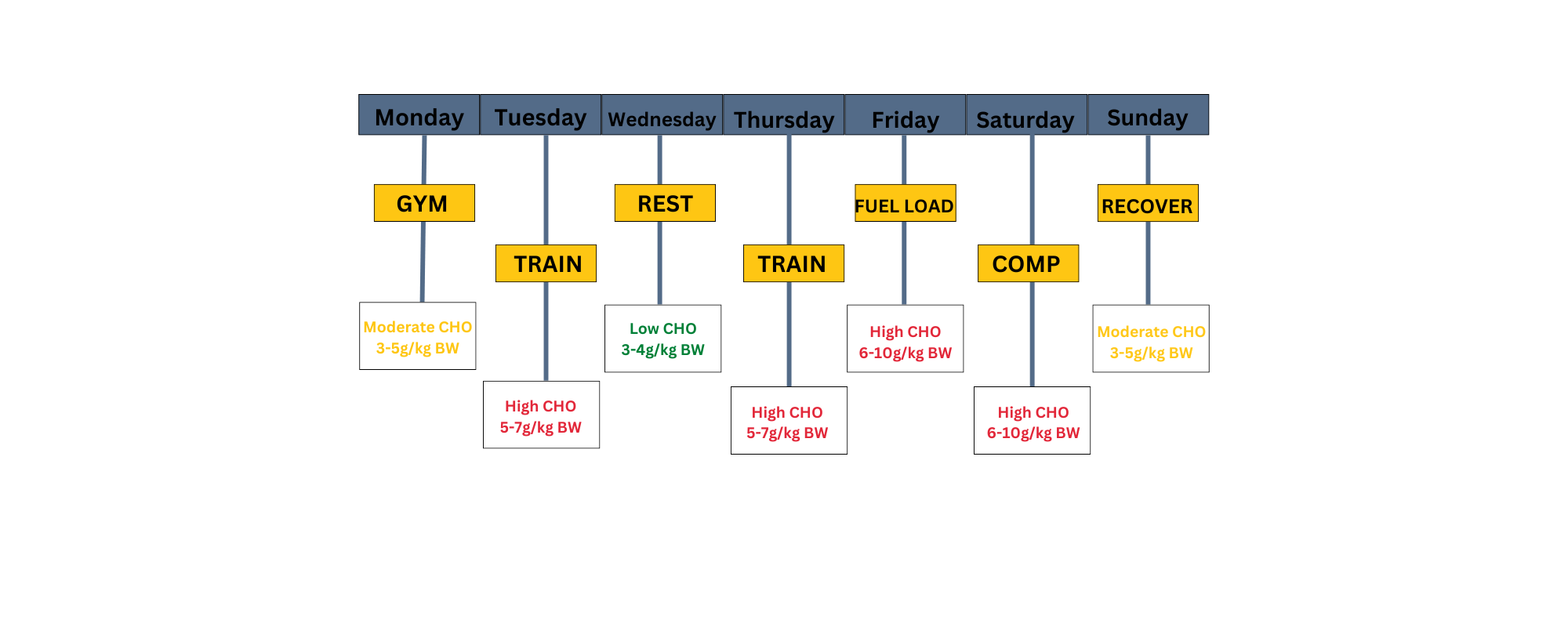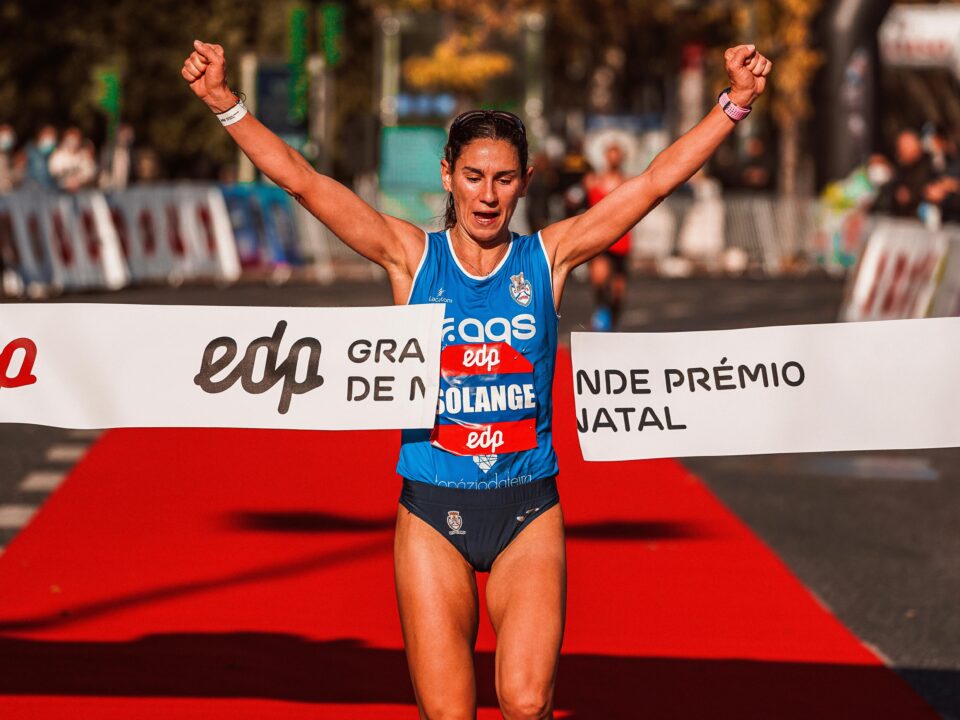
More Than Talent: Lessons From the Leaders I’ve Worked With
June 24, 2025
What It Means To Be “Match Fit”
June 30, 2025
More Than Talent: Lessons From the Leaders I’ve Worked With
June 24, 2025
What It Means To Be “Match Fit”
June 30, 2025In high performance sport, success rarely happens by accident. Athletes don’t train the same way every day, and they shouldn’t eat the same way either. One of the most powerful tools I’ve seen with the people I work with from Olympians to everyday athletes is having a system that connects their food choices with their training demands.
That system is what we call nutrition periodisation.
But let’s move beyond the textbook definition. This isn’t about theory. It’s about helping you understand your body, match your food to your goals, and build long term consistency.
What Is Nutrition Periodisation in Practice?
Nutrition periodisation is about making deliberate choices with your nutrition based on what the training demands of a given day, week, or phase require. It’s about:
Eating more on the days when you need more energy or recovery support Pulling back slightly when training is lighter Knowing when to load up on carbohydrate foods and when to focus more on recovery nutrition Using food to support the goal of the session (e.g., building endurance, power, or getting leaner)
This is not about calorie counting every day. It’s about building awareness and rhythm into how you eat.
Why Most Athletes Struggle with Nutrition Systems
From my experience, the biggest challenge is not knowledge. Most people know what healthy food looks like. The challenge is:
Making it work with a busy schedule Knowing what your body needs on different days Feeling confident in food choices when routines are disrupted (travel, competition, long work days) Understanding how to eat with purpose, without overcomplicating things
That’s why having a nutrition system is powerful. It creates a structure, but also space. It gives you clarity without rigidity.
A Simple Framework I Use with Clients
When I work with athletes or teams, we build a simple structure around three plates:
Perform Plate high energy days, built around carbs and protein to fuel and recover from intense sessions Fuel Plate moderate days, when you’re still training but not as hard Repair Plate low-load days or recovery days, where protein and vegetables lead the way
We also include easy snack categories: Sustain snacks to support energy between sessions Repair snacks to support recovery (often protein-rich)
What matters most is not the plate names, but the intention: adjusting your intake to match what the day demands.
A Real Example: From PreSeason to Peak Performance
One GAA athlete I worked with came into the offseason at 18% body fat. He set a clear goal: build lean muscle, reduce non-functional weight, and be in the best physical condition possible by the time championship games rolled around.
Over just over 16 weeks, we used a structured training and nutrition plan: In the gym, it was about getting the load right, progressing the right exercises, and applying the right sets and reps On the nutrition side, the non-negotiable was hitting 2 grams of protein per kilogram of body weight every single day
The system was simple but consistent. High protein meals were planned in advance, snacks were built around fuelling recovery, and we adjusted food volume depending on training intensity. Even a two-week period of sickness didn’t throw him off track. The foundations were strong enough that he recovered well and picked up momentum again quickly.
By the end of the block: He dropped from 18% to 12% body fat Lean mass was maintained, strength numbers were up He felt energised and confident going into the season
It wasn’t a perfect plan. It was a consistent one.
Different Phases, Different Nutrition Needs
One of the most overlooked aspects of fuelling is recognising that different times of the year demand different nutrition strategies.
In pre-season, many athletes focus on improving body composition, building strength, and laying the foundation for the season ahead. This is often a great time to push higher protein intake, moderate carbohydrate intake, and be more structured with meal timing and food quality.
When the championship season arrives, the goals shift. Training loads increase, recovery windows shorten, and match intensity rises. Research shows that elite GAA players can cover more than 9 km per game, with a significant proportion made up of high-speed running and repeat sprint efforts especially during the summer months (Malone et al., 2016). The energy demand is simply higher. This is when nutrition periodisation matters most. Carbohydrate timing, total calorie intake, hydration strategies, and supplement planning must be dialled in.
Getting it wrong here means turning up flat, fatigued, or under-fuelled. Getting it right means walking into a game feeling strong, sharp, and ready to perform.
How You Can Apply This
You don’t need to be an Olympian to use this system. Here’s how I break it down for clients:
- Know your week ahead. When are your harder sessions? When are you resting?
- Match your meals Use larger plates with more carbs on hard days; scale back slightly when resting
- Plan key snacks Think of snacks as part of your fuelling and recovery strategy, not just fillers
- Adjust with the season Preseason, in-season, and peak performance phases should all look different
- Stay flexible Nutrition should support your life, not dominate it
Final Reflection
When nutrition is aligned with training, the benefits go beyond body composition. You feel more energised. Recovery improves. You start to build real consistency. That’s what long term progress is made of.
For me, performance nutrition isn’t just about the science it’s about giving people the tools to solve their own problems, to build confidence in what and how they eat.
If you want to take more control of your performance, it starts by asking: Does my nutrition match my goals today?
If the answer is no, that’s where the system begins.
Want to join us on our next webinar on Fueling the Championship? – Sign Up HERE
In high performance sport, success rarely happens by accident. Athletes don’t train the same way every day, and they shouldn’t eat the same way either. One of the most powerful tools I’ve seen with the people I work with from Olympians to everyday athletes is having a system that connects their food choices with their training demands.
That system is what we call nutrition periodisation.
But let’s move beyond the textbook definition. This isn’t about theory. It’s about helping you understand your body, match your food to your goals, and build long term consistency.
What Is Nutrition Periodisation in Practice?
Nutrition periodisation is about making deliberate choices with your nutrition based on what the training demands of a given day, week, or phase require. It’s about:
Eating more on the days when you need more energy or recovery support Pulling back slightly when training is lighter Knowing when to load up on carbohydrate foods and when to focus more on recovery nutrition Using food to support the goal of the session (e.g., building endurance, power, or getting leaner)
This is not about calorie counting every day. It’s about building awareness and rhythm into how you eat.
Why Most Athletes Struggle with Nutrition Systems
From my experience, the biggest challenge is not knowledge. Most people know what healthy food looks like. The challenge is:
Making it work with a busy schedule Knowing what your body needs on different days Feeling confident in food choices when routines are disrupted (travel, competition, long work days) Understanding how to eat with purpose, without overcomplicating things
That’s why having a nutrition system is powerful. It creates a structure, but also space. It gives you clarity without rigidity.
A Simple Framework I Use with Clients
When I work with athletes or teams, we build a simple structure around three plates:
Perform Plate high energy days, built around carbs and protein to fuel and recover from intense sessions Fuel Plate moderate days, when you’re still training but not as hard Repair Plate low-load days or recovery days, where protein and vegetables lead the way
We also include easy snack categories: Sustain snacks to support energy between sessions Repair snacks to support recovery (often protein-rich)
What matters most is not the plate names, but the intention: adjusting your intake to match what the day demands.
A Real Example: From PreSeason to Peak Performance
One GAA athlete I worked with came into the offseason at 18% body fat. He set a clear goal: build lean muscle, reduce non-functional weight, and be in the best physical condition possible by the time championship games rolled around.
Over just over 16 weeks, we used a structured training and nutrition plan: In the gym, it was about getting the load right, progressing the right exercises, and applying the right sets and reps On the nutrition side, the non-negotiable was hitting 2 grams of protein per kilogram of body weight every single day
The system was simple but consistent. High protein meals were planned in advance, snacks were built around fuelling recovery, and we adjusted food volume depending on training intensity. Even a two-week period of sickness didn’t throw him off track. The foundations were strong enough that he recovered well and picked up momentum again quickly.
By the end of the block: He dropped from 18% to 12% body fat Lean mass was maintained, strength numbers were up He felt energised and confident going into the season
It wasn’t a perfect plan. It was a consistent one.
Different Phases, Different Nutrition Needs
One of the most overlooked aspects of fuelling is recognising that different times of the year demand different nutrition strategies.
In pre-season, many athletes focus on improving body composition, building strength, and laying the foundation for the season ahead. This is often a great time to push higher protein intake, moderate carbohydrate intake, and be more structured with meal timing and food quality.
When the championship season arrives, the goals shift. Training loads increase, recovery windows shorten, and match intensity rises. Research shows that elite GAA players can cover more than 9 km per game, with a significant proportion made up of high-speed running and repeat sprint efforts especially during the summer months (Malone et al., 2016). The energy demand is simply higher. This is when nutrition periodisation matters most. Carbohydrate timing, total calorie intake, hydration strategies, and supplement planning must be dialled in.
Getting it wrong here means turning up flat, fatigued, or under-fuelled. Getting it right means walking into a game feeling strong, sharp, and ready to perform.
How You Can Apply This
You don’t need to be an Olympian to use this system. Here’s how I break it down for clients:
- Know your week ahead. When are your harder sessions? When are you resting?
- Match your meals Use larger plates with more carbs on hard days; scale back slightly when resting
- Plan key snacks Think of snacks as part of your fuelling and recovery strategy, not just fillers
- Adjust with the season Preseason, in-season, and peak performance phases should all look different
- Stay flexible Nutrition should support your life, not dominate it
Final Reflection
When nutrition is aligned with training, the benefits go beyond body composition. You feel more energised. Recovery improves. You start to build real consistency. That’s what long term progress is made of.
For me, performance nutrition isn’t just about the science it’s about giving people the tools to solve their own problems, to build confidence in what and how they eat.
If you want to take more control of your performance, it starts by asking: Does my nutrition match my goals today?
If the answer is no, that’s where the system begins.
Want to join us on our next webinar on Fueling the Championship? – Sign Up HERE
Upgrade NOW
Upgrade NOW









